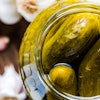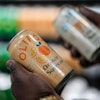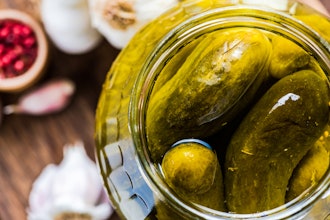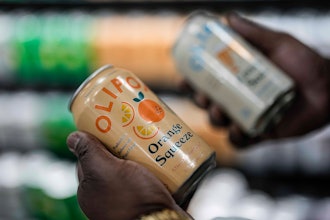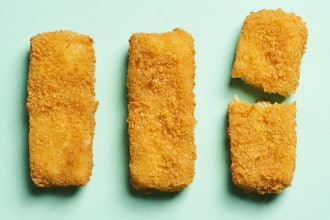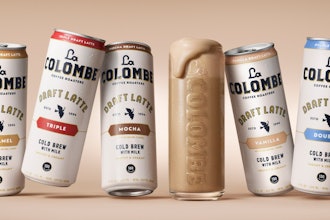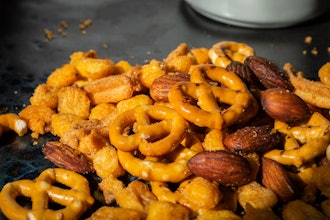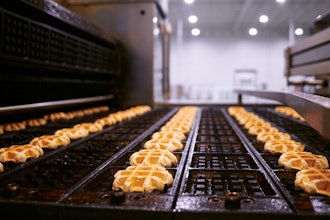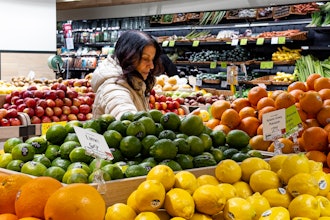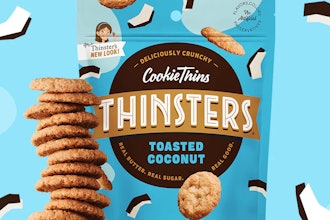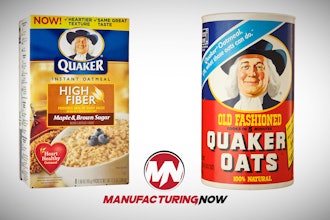Increasing interest in pet health and wellness in the United States has led to significant market growth and continued opportunity across the sector. According to recent estimates by Packaged Facts, pet food sales increased almost six percent in 2017, topping $26 billion. The research firm forecasts the industry to continue to grow annually through 2022.
While several factors are driving this growth, the humanization of pets has given rise to an array of specialized products such as offerings with preventative benefits, refrigerated fresh foods and pet toppers such as sauce and gravy. These trends have major implications for pet food manufacturers’ packaging operations, prioritizing flexibility and sophisticated technologies to adapt to more complex supply chains. Two packaging industry professionals — Tom Egan, vice president, industry services, PMMI, The Association for Packaging and Processing Technologies, and Doug Howell, Sales Manager, Premier Tech Chronos, an exhibitor at PACK EXPO International 2018 (Oct. 14-17, 2018; McCormick Place, Chicago) — share their insights and weigh in on considerations for success amid these trends.
Fido As A Family Member
As health and wellness continues to trend across the United States, consumers are not only looking to improve their own lifestyles and eating habits, but also those of their pets — often regarded as members of the family. A U.S. market report from Mintel revealed that two in five domestic pet owners check the ingredient list when purchasing new pet food or treats and 64 percent would be interested in treats made with premium ingredients, such as all natural or organic[1].
As pet food moves to mimic consumer food trends, so does its packaging. Pouches are a relatively popular format across all markets, and this is increasingly true for pet food. The pouch format is ideal for applications such as specialty treats and snacks, as it offers clear packaging, resealability for freshness and flexibility.
“Consumers want packaging that offers the same benefits they are accustomed to for their own food,” Egan said. “The move toward convenient packaging and clean labels featuring organic and natural ingredients demonstrates this parallel market movement.”
Another example of the pet food packaging market reflecting broader consumer attitudes is the increasing amount of pet food in the refrigerated section of general big box stores. We’re now seeing full end-cap displays with a refrigerated section, so consumers can easily choose what they want for their pets. The idea that you would even have refrigerated foods for your pet is relatively new, but we can expect to see an increased focus on freshness as the humanization of pets continues to drive the evolution of pet food and its packaging.
Spotlight On Safety
Since the passing of the Food Safety Modernization Act (FSMA), food safety for pets has become a larger concern, particularly after the rules for good manufacturing practices for pet food were finalized just a few years ago. This portion of the FSMA requires registered animal food facilities to maintain a food safety plan, perform a hazard analysis and implement preventative hazard controls[2].
Preventative efforts should include considerations in equipment design at manufacturing plants. One example involves keeping sources of contamination out of industrial pet food baggers. Inside a bagger, dust accumulates on surfaces where a product is not moving through.
“Product that is exposed to dust can potentially cause illness,” Howell said. “Therefore, inside the filling components, all the surfaces should be smooth and designed to facilitate the flow of product.”
To further mitigate safety concerns, pet food manufacturers should employ technology and processes that mirror the level of concern applied to human food. For example, let’s say that an operator grabs a stack of bags and places the stack onto a machine. Any contamination that they carry on their person could be an issue. If the operator has contamination on their hands when they touch the spout between runs, they could introduce bacteria that could potentially make an animal sick. Therefore, it is critical to consider every interaction during the manufacturing process.
In addition to equipment and process, testing is also critical to pet food safety. Sample bags require testing after sealing and recalls if the product does not meet the right standards. Testing should be done up until the moment product leaves the warehouse.
Solutions At PACK EXPO International
Pet food manufacturing professionals and packaging designers alike are finding the latest innovations in safety and package design at PACK EXPO International 2018. At the show, 50,000 attendees are gathered to gain insight on the newest designs and technologies in pet food packaging from 2,500 exhibitors. On the show’s Innovation Stage, a series of 30-minute free seminars on technological breakthroughs and industry specific innovations deliver principles of sanitary design, food safety and package design.
New this year, The Forum offers interactive learning sessions with experts on industry trends, while show features like The Containers and Materials Pavilion (in the Upper North Building) and The Reusable Packaging Pavilion (in the Upper Lakeside Center) display advancements in diverse packaging formats.
Maria Ferrante is senior director, marketing and communications at PMMI.
[1] https://www.petfoodindustry.com/articles/6694-us-pet-food-market-report-reveals-pet-humanization-trend
[2] https://www.petfoodindustry.com/articles/5371-key-elements-of-final-fsma-pet-food-safety-rule


